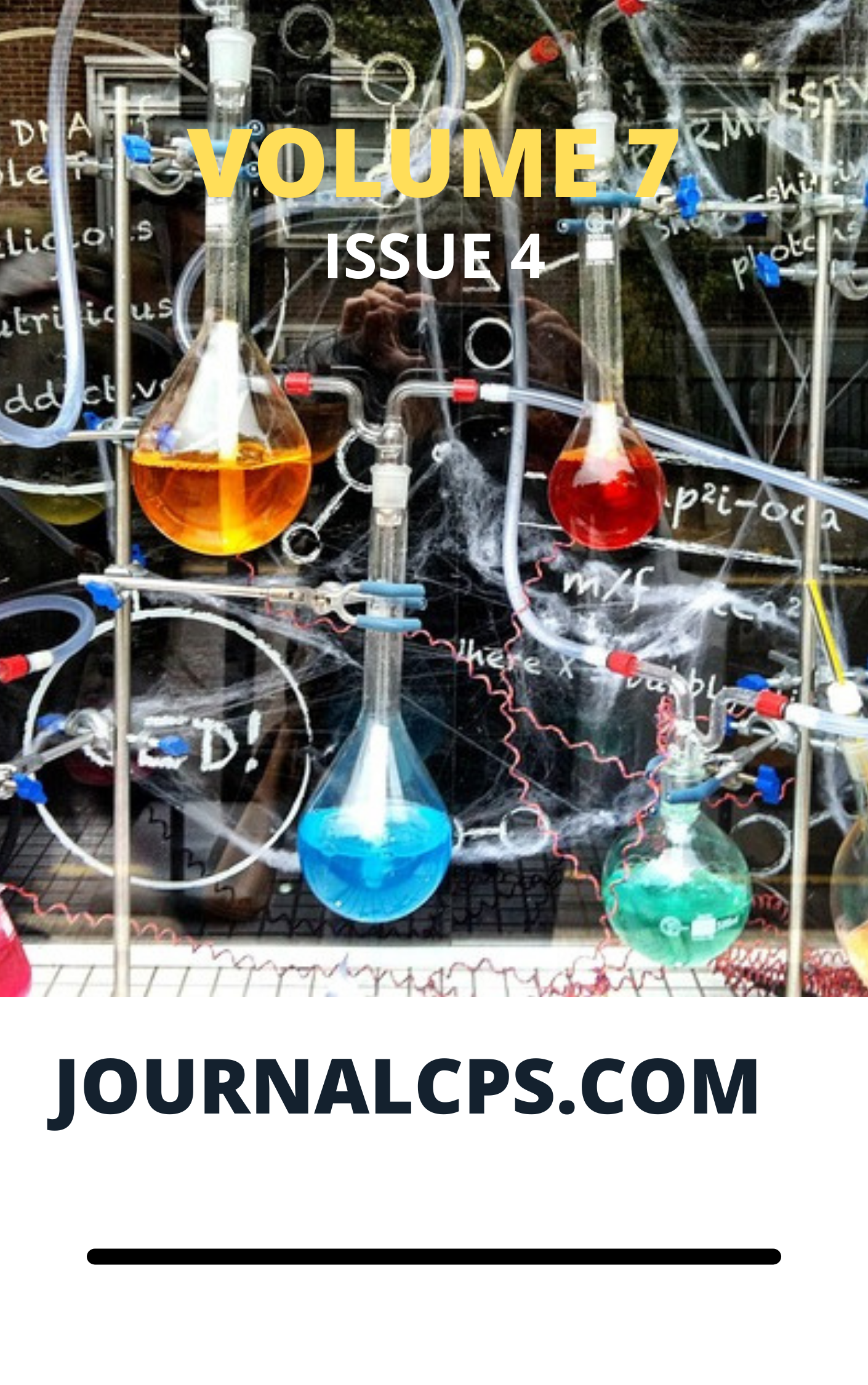Circular Supply Chains in the Al Era with Renewable Energy Integration and Smart Transport Networks
Keywords:
Artificial Intelligence, Circular Supply Chains, Renewable Energy, Reverse Logistics, Smart Transport Networks, SustainabilityAbstract
This paper explored the transformative potential of having integrated circular economy principles, artificial intelligence (AI), renewable energy, and smart transport networks to create sustainable, resilient supply chains in the AI era. By 2021, the convergence of these trends—having been driven by advancements in AI technologies, declining costs of renewables, and post-pandemic supply chain rethinking—presented a critical opportunity to address the inefficiencies, energy intensity, and wastefulness of linear supply chains. The proposed Circular Supply Chain 4.0 framework leveraged AI applications, such as predictive analytics, computer vision, digital twins, and blockchain, to optimize demand forecasting, material reuse, and reverse logistics. Renewable energy integration, through electrified fleets, solar-powered warehouses, and smart grids, reduced carbon emissions, while smart transport systems, including IoT-connected vehicles and Mobility-as-a-Service, enhanced logistics efficiency. The framework emphasized feedback loops, real-time data, and key performance indicators like circularity rate and emissions avoided to ensure continuous improvement. Case studies from 2021, such as UPS’s electric fleet trials and IKEA’s reverse logistics, illustrated practical applications. However, challenges like data infrastructure gaps, energy storage constraints, and regulatory inconsistencies pre-IRA/CHIPS Act highlighted barriers to adoption, particularly for SMEs. The paper identified policy levers, such as electrification subsidies and carbon border taxes, and future research areas, including AI modeling of reverse flows and behavioral factors in technology adoption, to advance circular supply chains. By having aligned digitalization with sustainability, this framework offered a scalable model for industries to achieve economic and environmental goals in a post-2021 global economy.
Downloads
Published
Issue
Section
Most read articles by the same author(s)
- Samuel Omefe, Simbiat Atinuke Lawal, Sakiru Folarin Bello, Adeseun Kafayat Balogun, Itunu Taiwo, Kevin Nnaemeka Ifiora, AI-Augmented Decision Support System for Sustainable Transportation and Supply Chain Management: A Review , Communication In Physical Sciences: Vol. 7 No. 4 (2021): VOLUME 7 ISSUE 4
Similar Articles
- M. M. Ndamitso, M. Musah, J. T. Mathew, V. T. Bissala, Comparative Nutritional Analysis of Daddawa Made from Fermented Parkia biglobosa and Glycine max Seeds , Communication In Physical Sciences: Vol. 5 No. 3 (2020): VOLUME 5 ISSUE 3
- Joseph Amajama, Ahmed Tunde Ibrahim , Julius Ushie Akwagiobe, Influence of Atmospheric Temperature on the Signal Strength of Mobile Phone Communication , Communication In Physical Sciences: Vol. 9 No. 4 (2023): VOLUME 9 ISSUE 4
- Onen Alfred Ikpi , Emmanuel E. Etim, Abah Abraham Victor, Ogofotha Godwin Oghenekeno, Improved Photochemical Performance of Dye-Sensitized Solar Cell using Tectona grandis and Magnifera indica Dye Mix , Communication In Physical Sciences: Vol. 9 No. 2 (2023): VOLUME 9 ISSUE 2
- Patricia Ese Umoru, Femi Emmanuel Awe, Joseph Ifeanyi Uche, Oluwayemi Abiodun Babatunde, Ibrahim Aliyu Salaha, Investigation of the Adsorptive And Inhibitive Properties Of Cucurbita Maxima Peel Extract And Halide Ions As Inhibitors For Stainless Steel in 1m H2so4 Solution , Communication In Physical Sciences: Vol. 10 No. 2 (2023): VOLUME 10 ISSUE 2
- Patricia Adamma Ekwumemgbo, Gideon Adamu Shallangwa, Idongesit Edem Okon, Ibe Awodi, Green Synthesis and Characterization of Iron Oxide Nanoparticles using Prosopis Africana Leaf Extract , Communication In Physical Sciences: Vol. 9 No. 2 (2023): VOLUME 9 ISSUE 2
- Chisimkwuo John, Okoroafor Promise Izuchukwu, Amobi Chinenye Theresa, Application of Factor Analysis in the Modelling of Inflation Rate in Nigeria , Communication In Physical Sciences: Vol. 10 No. 2 (2023): VOLUME 10 ISSUE 2
- Amaku James Friday, Victor Okezie Ikpeazu, Ifeanyi Otuokere, Kalu K. Igwe, Targeting Glycogen Synthase Kinase-3 (Gsk3β) With Naturally Occurring Phytochemicals (Quercetin and its Modelled Analogue): A Pharmacophore Modelling and Molecular Docking Approach , Communication In Physical Sciences: Vol. 5 No. 4 (2020): VOLUME 5 ISSUE 4
- Joseph Amajama, Ahmed Tunde Ibrahim, Julius Ushie Akwagiobe, Atmospheric Humidity Impact on the Strength of Mobile Phone Communication Signal , Communication In Physical Sciences: Vol. 11 No. 4 (2024): VOLUME 11 ISSUE 4
- Comfort M. Ngwu, Adeniji Moshood Oluwaseyi , Chioma Ikechi Harbour , The Effects of Microplastics and its Additives in Aquatic Ecosystem - A Review , Communication In Physical Sciences: Vol. 10 No. 2 (2023): VOLUME 10 ISSUE 2
- Edoise Areghan, From Data Breaches to Deepfakes: A Comprehensive Review of Evolving Cyber Threats and Online Risk Management , Communication In Physical Sciences: Vol. 9 No. 4 (2023): VOLUME 9 ISSUE 4
You may also start an advanced similarity search for this article.




